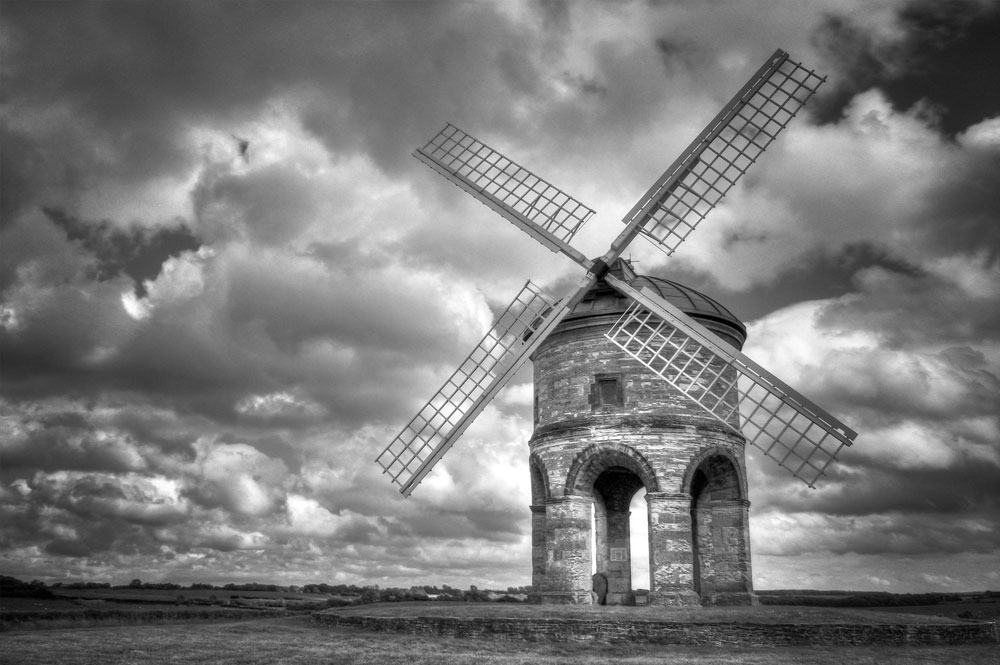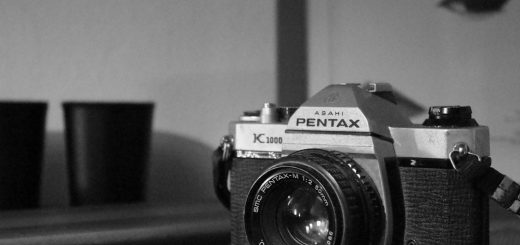Quick Guide to Black and White Photography – Introduction
For many beginner film photographers, black and white photography is the first step as black and white film is generally easier to work with, develop, and print. Black and white film is much more flexible in the development process when compared to the rather stringent needs of color film. As such, many schools, universities, and other darkrooms are setup specifically for black and white photography and not color.
While Guide to Film Photography has hundreds of pages regarding film photography as it pertains to both color and black and white photography, we feel that having a concise primer for black and white photography will be helpful for those looking for a quick overview. Whenever possible this black and white photography tutorial will link to other helpful pages for further review if you would like to learn more.
This black and white photography guide will also assume a few things:
- You are using a 35mm SLR (single-lens reflex) camera with manual controls. This camera is not only the most popular option for 35mm film but is also the camera most commonly used by beginners. Some 35mm SLR cameras offer automatic controls. These automatic controls will be discussed in brief as appropriate.
- You are using black and white film that can be processed with standard developers. A few black and white films are designed to be processed the same way color film is processed (known as C-41 processing). While these films can certainly provide good results and be printed like standard black and white film, they cannot be developed in the traditional black and white developer.
Please also note that it would be nearly impossible to create a concise black and white photography guide by mentioning every single camera system, darkroom process and equipment, or even available film. This guide will provide general overviews that will apply to the majority of standard equipment and processes.
- Topic 1: Black and White Film Overview
- Topic 2: Preparing your 35mm Camera for Use
- Topic 3: How to Use the Film Camera
- Topic 4: Exposing Black and White Film
- Topic 5: Preparing Black and White Film for Development
- Topic 6: Developing Black and White Film
- Topic 7: Intro to the Darkroom
- Topic 8: Printing a Contact Sheet
- Topic 9: First Black and White Print

















